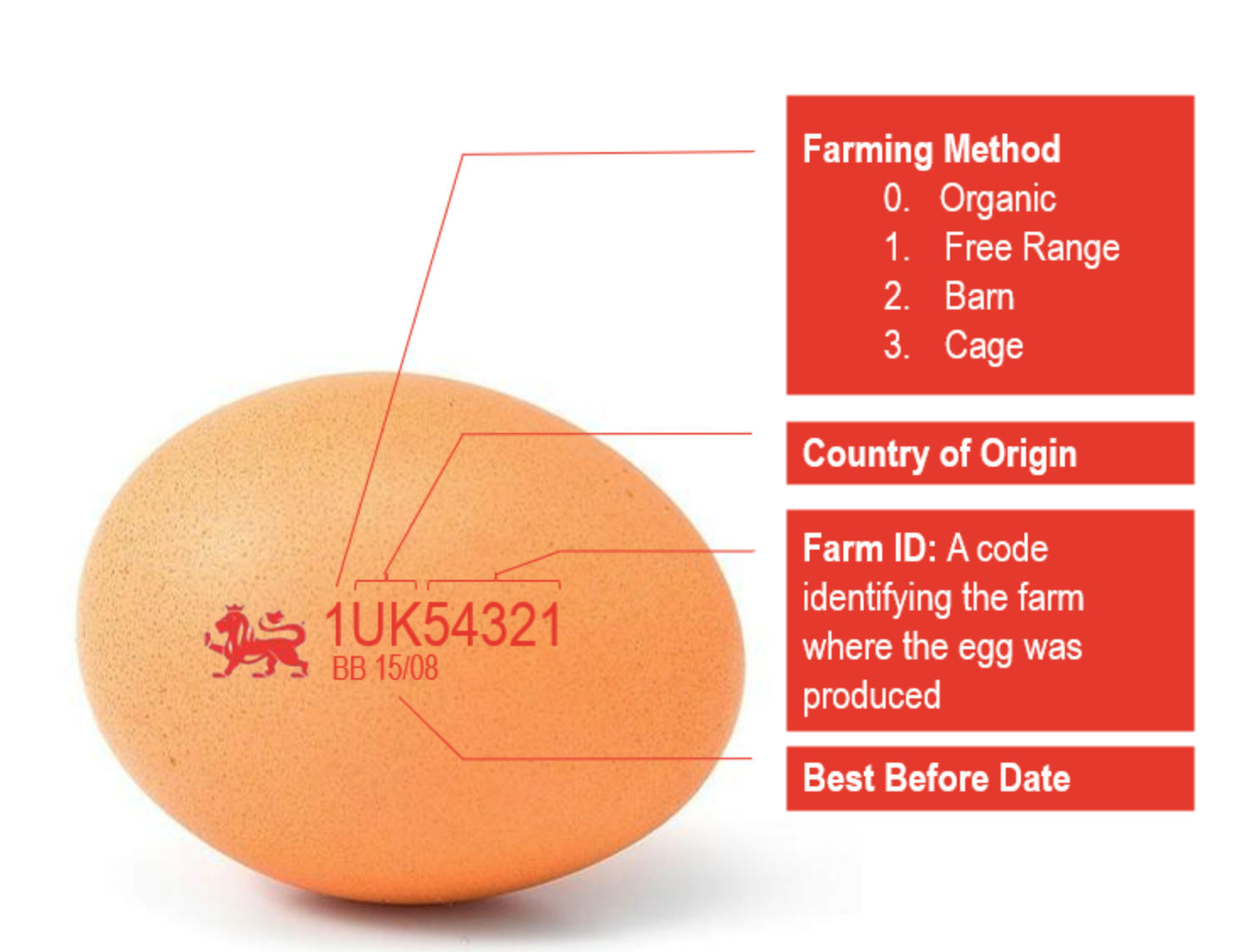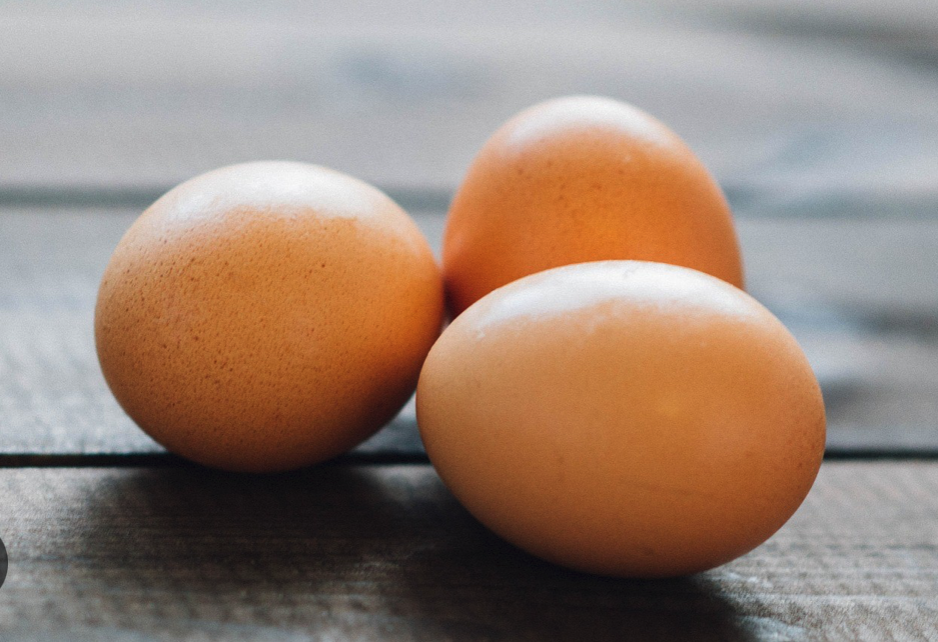There is egg and egg…and not all eggs are equal.
Your egg box may picture a pretty chicken scratching the soil, but does that mean that the animal feeds on earthworms? If you don’t pay attention to the origin of your eggs and the to breeding method of their “mothers”, it’s a safe bet that the hen is in fact raised in a miniature cage, with a thousand peers, and with the light turned on ten times a day to make believe it’s laying time. How could eggs be of good quality in this context? These are chicken fed with poor quality flours seasoned with insecticides, antibiotics and antifungal. The animal is full of stress hormones. And where does all this good cocktail end up? On our plate.
Unless you visit the production unit and inspect the poultry feed yourself, you won’t know for sure, but you can get ca better idea by reading the code on the shell.

What do the numbers 0, 1, 2 or 3 stand for?
“0” for organically raised chickens, “1” for free-range hens, “2” for free-range hens and “3” for those raised in cages.
“0” Organic farming
In an organic farm, the number of hens is limited, they are raised with free access to an outdoor space, a 95% organic diet and they share 1m2 between 6 of them when they return to the shelter. Preventive antibiotic treatments are prohibited and curative treatments must be avoided in favor of herbal medicine or homeopathy. These eggs are packaged within 9 days of laying and they have an organic label on the packaging.
“1” Free-range chickens
The hens are raised free-range, although their space is reduced compared to eggs with code “0”. Collection must be carried out twice a day and eggs must be packaged within 4 days for labeled eggs, while others must be packaged within 9 days and the breeder has no obligation regarding the frequency of collection.
“2” Floor rearing
The essential difference comes from the fact that these chickens do not go out. They are raised exclusively inside buildings, without being in cages. No limit for farm size and packing within 9 days of laying.
“3” Cage rearing
No limit on the size of the farm, 1m2 for 13 hens, no access to the outside, feed composed of plants, minerals and vitamins and packaging within 9 days of laying.
Country of origin
Indication of breeding site:
– Store-bought eggs: 3 letters for the site and 2 numbers for the building.
– Eggs purchased directly from the producer: 2 digits for the department and 1 digit to identify the producer.
All packaging must include the recommended consumption limit date, which is 28 days after laying. Eggs marked on the package as “extra fresh” should be consumed as such within 9 days after laying.
Egg size
“S” or “small” for eggs under 53g
“M” or “medium” for eggs 53 to 63g
“G” or “large” for eggs 63 to 73g
“XL” or “extra large” for eggs 73g or more
By paying attention to this information and by selecting quality eggs, you not only improve your health, but also the well-being of animals.





